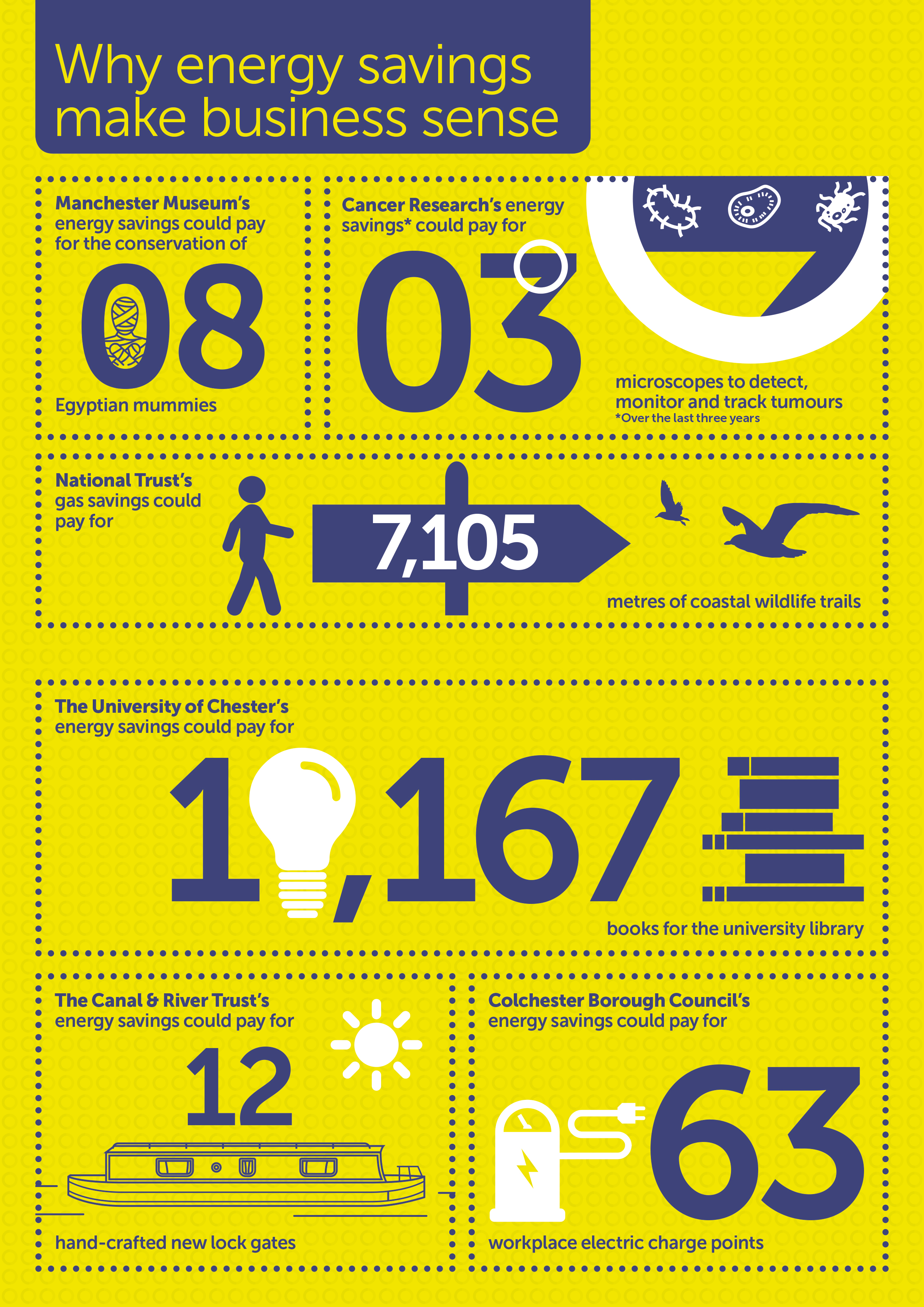Starting out with a Sustainability Strategy- Top Tips
Strong Leadership- Identify a member of staff who will be specifically dedicated to this work and will ensure strong leadership.
Running workshops - Getting buy-in from across the organisation is key, especially for large organisation with multiple functions. Running workshops is an effective way to bring in different teams and foster meaningful understanding of how their work connects to sustainability. This approach brings about enthusiasm and engagement that can be nurtured all the way through to strategy launch.
Shared responsibility - Embedding sustainability across the organisation rather than it being the task of one individual gives you a greater chance of success.
Be clear- who is the strategy for? Is this an organisational strategy or a place-based strategy? Ensure that you are clear on these basic factors.
Knowing where you are- How much energy is your organisation currently using and how much are you spending on utilities across different sites or buildings? Baselining is the first step to creating a successful strategy and helps you set meaningful targets.
Making your case- By gathering solid data you can discover the problem areas, and build a strong case for investment. It also means you’ll be able to compare data before and after a change is made. Don't yet collect data? Fit for the Future has helped numerous not-for -profits to begin this process effectively. Contact us to find out more.
Linking to corporate and strategic objectives- Create a strategy that describes how sustainability can better achieve the organisations strategic goals in a more efficient way. Numerical targets and broader environmental benefits might not have as much impact as how pounds saved translate to meeting core objectives.

An example of linking sustainability to core purpose from Fit for the Future's 2017 Impact Report
Getting senior buy in- this always helps, rather than doing it under the radar. Sometimes you just need one senior person to ‘get it’ for that crucial backing and sign off.
Make it aesthetically pleasing- Something that is engaging and interesting with infographic elements will make for a stronger strategy. Similarly, something brief and succinct can work much better than a lengthy text document when seeking engagement and buy-in.
Keep it action orientated- A solid action plan generally works better than a strategy that is 90% background/policy.
Realism versus ambition –Focus on keeping the scope of your strategy well defined and realistic, because you have to deliver.
Reporting and monitoring – As well as a baseline, you will need effective ways to monitor progress. Reliable energy management software can be an important tool, enabling you to understand usage, track progress and validate your strategy and achievements. Also, think about how you will report on progress to maintain engagement at different levels.
Quick wins – are there things you are already doing that can help you celebrate success and encourage buy in? Include these in the strategy, then a 'where next' in terms of how your organisation can take it further
Linking to policy – this could be global, national or local, but gives your strategy a solid foundation and relevance to the wider work being done to secure a sustainable future.
Members can access a bank of further resources relating to environmental strategy in the members area. If you are not a member, but your organisations wants to develop a sustainability strategy or start monitoring and reporting, get in touch with Fit for the Future. We can link you with other organisations from the charity, heritage, cultural, public sectors and more that are further along on the journey and can therefore offer impartial advice, resources and expertise. Find out more about how we work.